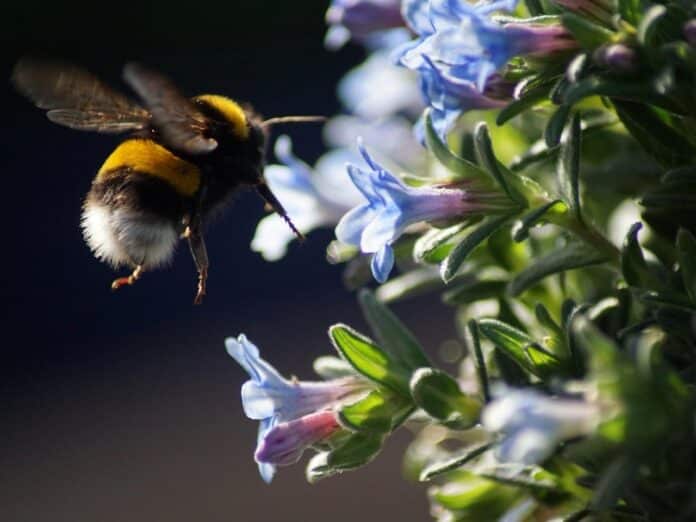Annual plants use the nutrients they get from the soil for vegetative growth and reproduction, including the generation of seeds and fruits within a single growing season. Most annual flowering plant species must invest soil nutrients to increase attractiveness to potential pollinators.
According to Penn State research, Pollination is essential for many plants, and nutrients present in the soil before these plants sprout may influence how attractive they are to pollinators later on.
Higher levels of nitrogen and phosphorus in the soil resulted in larger plants and floral display in a cucumber plant study, increasing attractiveness to pollinators and fruit production.
However, they discovered that pollinator “rewards” such as sugar content in nectar, the amount of nectar in female flowers, and protein and lipid concentrations in pollen remained constant regardless of nitrogen and phosphorus levels.
This suggests that plants prioritize these rewards in all conditions to attract pollinators.
Vaudo said, “We found that a plant could become more attractive with the help of certain nutrients in the soil while also keeping the quality of its rewards consistent, which is necessary for getting bees to visit. This gives us clues for how we can best restore soil, for example, after disturbance from human activity or natural disasters.”
According to the researchers, Previous research has found a link between higher nitrogen and phosphorus levels in soil and faster plant growth, as well as positive effects such as flower number and size and pollen number and size. However, more work needs to be done to determine how these nutrients influence pollinator attraction and, ultimately, plant reproduction.
Because soil nutrient conditions can change due to land use, climate change, and land management, according to Christina Grozinger, Publius Vergilius Maro Professor of Entomology at Penn State, it is necessary to understand and predict how these changes in soil conditions influence plant growth.
Grozinger said, “With three-quarters of our food crops using pollinators to set fruit and seed, and more than 80% of flowering plants benefiting from pollinators,” “it is incredibly important that we begin to understand and predict how these changes in soil conditions influence plant-pollinator interactions both in crops and in natural landscapes.”
Cucumber plants were grown in Penn State greenhouses for the study. They gave the plants one of five fertilizer solutions: one with no added nitrogen or phosphorus and the other four with varying nitrogen and phosphorus concentrations and ratios.
The researchers measured the plants’ height and above-ground biomass, the size of male and female flowers, the number of flowers produced by each plant, the time it took to start producing flowers after seeding, and the number of cucumbers produced by each plant. They also looked at the nectar and pollen of the flowers and how frequently bumblebees visited them.
They discovered that while more nitrogen and phosphorus were generally associated with increased growth, pollinator attractiveness, and fruit production, extremely high levels of nitrogen began to have negative effects on some of these traits.
The greatest overall growth, pollinator attraction, and reproduction occurred when the ratio of nitrogen to phosphorus was 4:1.
Junpeng Mu, a researcher from Mianyang Normal University who visited Penn State while working on this project, found it particularly interesting that the characteristics of the male flowers varied with soil nutrients. However, those of the female flowers did not. These characteristics included the quantity and size of flowers per plant, the concentration of nectar, and the number of pollen grains per flower.
Mu said, “These findings give us a better understanding of the mechanisms that underlie interactions between plants and pollinators as well as agricultural ecosystem operations.”
Vaudo is part of an effort to rehabilitate logged-over forest areas using biochar to improve the soil’s ability to hold water and bind nutrients.
He said, “After loosening the soil, we’ll apply a material called biochar to increase the soil’s ability to hold water and bind nutrients. Then, we can start reintroducing plants and pollinators to the area. I’m thankful to have the experience from this study, which gave me a good starting ground for actually making some real-life applications.”
This research was funded by the China Scholarship Council, Wyman’s of Maine, and the United States Department of Agriculture’s National Institute of Food and Agriculture.
Journal Reference:
- Vaudo, A. D., Erickson, E.etal. Impacts of soil nutrition on floral traits, pollinator attraction, and fitness in cucumbers (Cucumis sativus L.). Scientific Reports. DOI: 10.1038/s41598-022-26164-4
